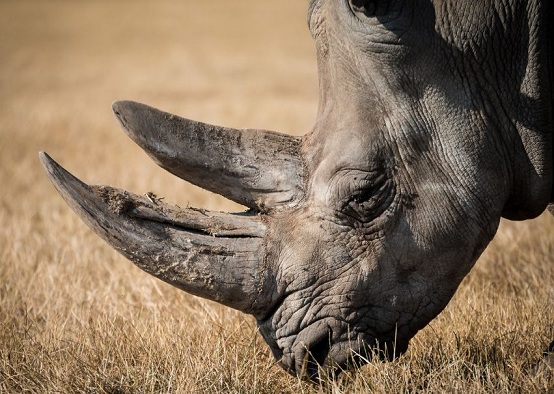
Smugglers change tact, turn ivory into jewels to evade detection

Criminal networks involved in rhino horn trade are now turning it into jewelry to evade its detection in airports.
Wildlife trade monitoring network Traffic says the horns are smuggled as beads, bracelets, bangles and rhino horn powder.
At least 7,100 rhinos are estimated to have been killed in Africa since 2007, with only about 25,000 of the animals remaining alive.
At this rate, there is growing concern that rhinos could be extinct in the wild within the next 10 years.
The new trend now means the horns are processed before being smuggled to the final destinations.
The smugglers then wear the jewelry, making their detection hard for airport detectives.
Most people who are after rhino horn believe that its powder is capable of curing a range of illnesses, from rheumatism to cancer.
The Convention for International Trade in Endangered Species (CITES) has a ban in place against rhino horn trade, but this has not worked as effectively as the agency would have wanted, mainly due to lack of legislation in some countries to stop the trade.






